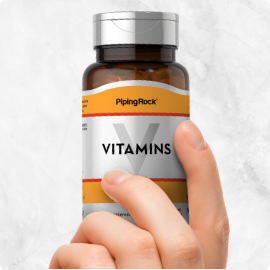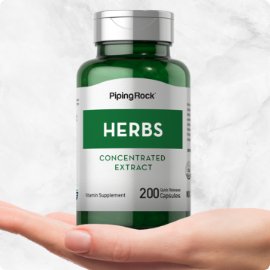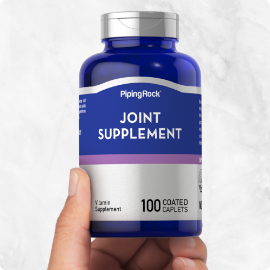Essential oils are amazingly versatile...and we love bringing you new ideas on how to use them.
Today, we’re going to talk about something nearly as important that we get asked about a lot–how to pour essential oils!
Small bottles are pretty easy. ½ ounce bottles usually come with what’s called an orifice reducer or stop-dropper top. It’s a little plastic disk that sits in the neck of the bottle and dispenses the oil one drop at a time.
For larger products or frequently used oils it often makes economic sense to purchase the larger bottles, but the problem is pouring. Larger bottles can be a little daunting at first. They aren’t as easily fit with stop-dropper tops, and poorly pouring means you end up with a drippy mess. So how exactly do we keep that from happening?
We turn to science!
All it takes is a bamboo skewer, stirrer, or chopstick. Around the office, we have plenty of bamboo skewers from Julie’s Kitchen. We’re big fans of grilled veggie-kabobs!
Place a clean skewer across the top of the bottle, holding it in place with one finger or your other hand, then tip the bottle to pour. The oil will run down the stick and not the side of the bottle. You can then easily direct the flow of oil to your project, or into a funnel for really small fill-up jobs. It’s that easy!
So what’s the science behind it? The oil molecules are attracted to the molecules of the stick (adhesion) and are attracted to each other (cohesion) which keeps them from dripping. Special thanks to Bill Nye the Science Guy–we loved your Saturday morning science show!
Some oils take a little work to coax out of the bottle. This is especially true of resins like myrrh, or room temperature solids such as cacao. If you find your oil is too thick to pour, try heating it a little by sitting the bottle in some warm/hot water, much like heating an infant bottle. The heat will liquefy the oil which will help it pour better.
PipingRock Empowering Your Health Journey












